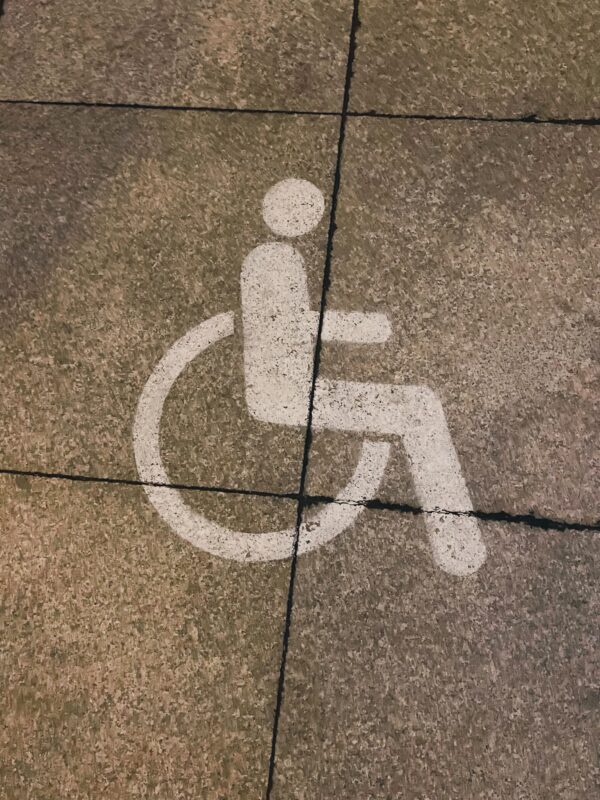Uncategorized
Advances in neuroprosthetics: restoring function to paralyzed limbs

Neuroprosthetics, a rapidly advancing field at the intersection of neuroscience and engineering, holds immense promise in restoring function to paralyzed limbs. For individuals who have lost the ability to move or sense their limbs due to spinal cord injuries, strokes, or other neurological disorders, neuroprosthetic devices offer hope and the potential to regain independence. Recent breakthroughs in the development of neuroprosthetics have brought us closer than ever to achieving seamless integration between the human nervous system and artificial devices. In this article, we explore some of the remarkable advances in neuroprosthetics and their potential to revolutionize the lives of individuals with paralysis.
The nvolution of neuroprosthetics
The journey of neuroprosthetics began several decades ago with the development of basic prosthetic limbs controlled by muscle signals or switches. These early devices offered limited functionality and were often cumbersome to use. However, thanks to advances in fields such as neuroengineering, robotics, and machine learning, the landscape of neuroprosthetics has evolved dramatically.
Brain-Machine interfaces (BMIs)
One of the most groundbreaking advances in neuroprosthetics is the development of Brain-Machine Interfaces (BMIs). BMIs establish a direct communication pathway between the brain and external devices, enabling individuals to control prosthetic limbs with their thoughts. Electrodes implanted in the brain record neural activity, which is then decoded by sophisticated algorithms to generate commands for the prosthetic limb. This technology has demonstrated impressive results, allowing paralyzed individuals to regain dexterity and perform complex tasks.
Sensory feedback
While controlling limb movement is crucial, restoring sensory feedback is equally vital for the intuitive use of neuroprosthetic devices. Researchers are making significant strides in providing sensory feedback by stimulating the brain or peripheral nerves with electrical impulses. By integrating sensors in prosthetic limbs, individuals can receive real-time feedback on pressure, temperature, and other tactile sensations. This development is crucial as it enables users to feel and interact with their environment, greatly enhancing their motor control and overall user experience.
Targeted muscle reinnervation (TMR)
Another promising technique in neuroprosthetics is Targeted Muscle Reinnervation (TMR). TMR involves rerouting residual nerves from amputated limbs to intact muscles near the amputation site. By attaching surface electrodes to the reinnervated muscles, signals from the brain can be captured and used to control prosthetic limbs. TMR provides a more intuitive and natural control scheme for users, enabling them to perform complex movements with greater ease.
Artificial intelligence and machine learning
Artificial intelligence (AI) and machine learning (ML) have played a significant role in advancing neuroprosthetics. These technologies allow algorithms to adapt and learn from neural signals, improving the accuracy and efficiency of control systems. AI and ML algorithms also enable neuroprosthetic devices to continuously optimize their performance based on user feedback and behavioral patterns. This adaptability empowers individuals to develop a personalized and more seamless interaction with their prosthetic limbs.
Clinical applications and future directions
The impact of neuroprosthetics on the lives of individuals with paralysis is already evident. Clinical trials have demonstrated the restoration of hand and arm function, improvement in walking ability, and increased independence for patients with spinal cord injuries. While the current focus remains on upper limb prostheses, researchers are also exploring applications for lower limb prostheses and even developing brain-controlled exoskeletons.
In the future, advancements in neuroprosthetics may enable individuals to regain full mobility and sensory perception. Improved device miniaturization, wireless communication, and longer-lasting battery technologies will contribute to the development of more comfortable and practical neuroprosthetic systems. Additionally, collaborations between researchers, engineers, and clinicians will be vital in overcoming remaining challenges and bringing neuroprosthetics closer to widespread clinical adoption.
Advances in neuroprosthetics have opened up new possibilities for individuals living with paralysis, offering them the chance to regain lost function and improve their quality of life. Through the seamless integration of artificial devices with the human nervous system, remarkable progress has been made in restoring limb movement and providing sensory feedback. With ongoing research and technological advancements, neuroprosthetics hold the potential to revolutionize rehabilitation and redefine the boundaries of human capability.


